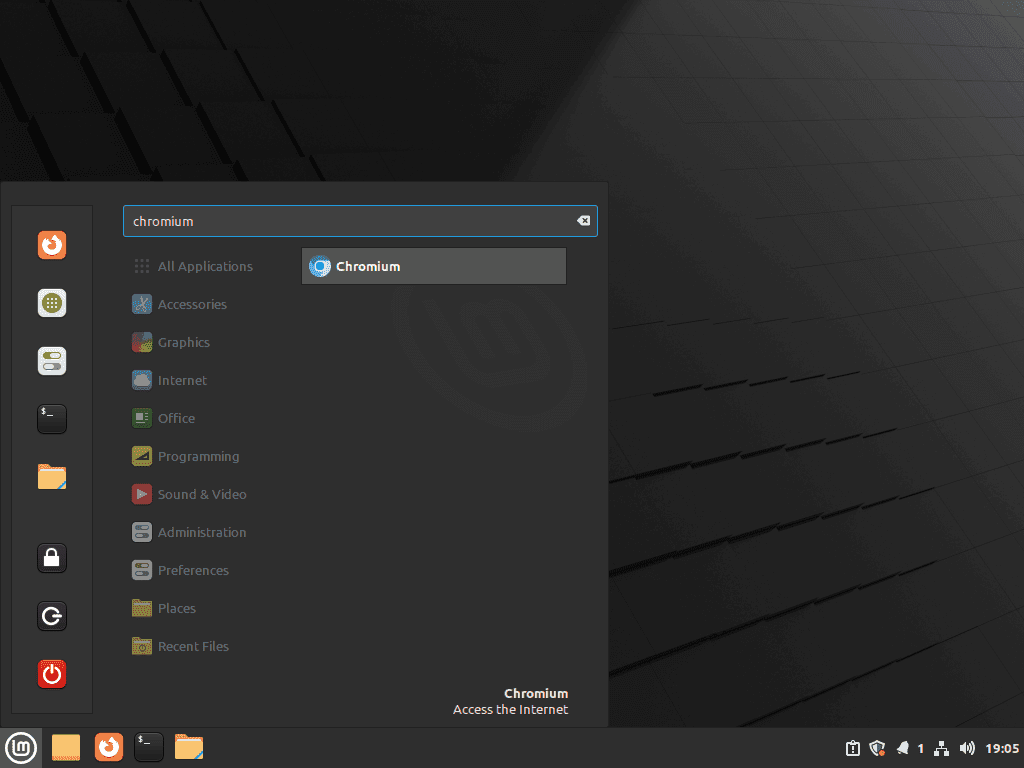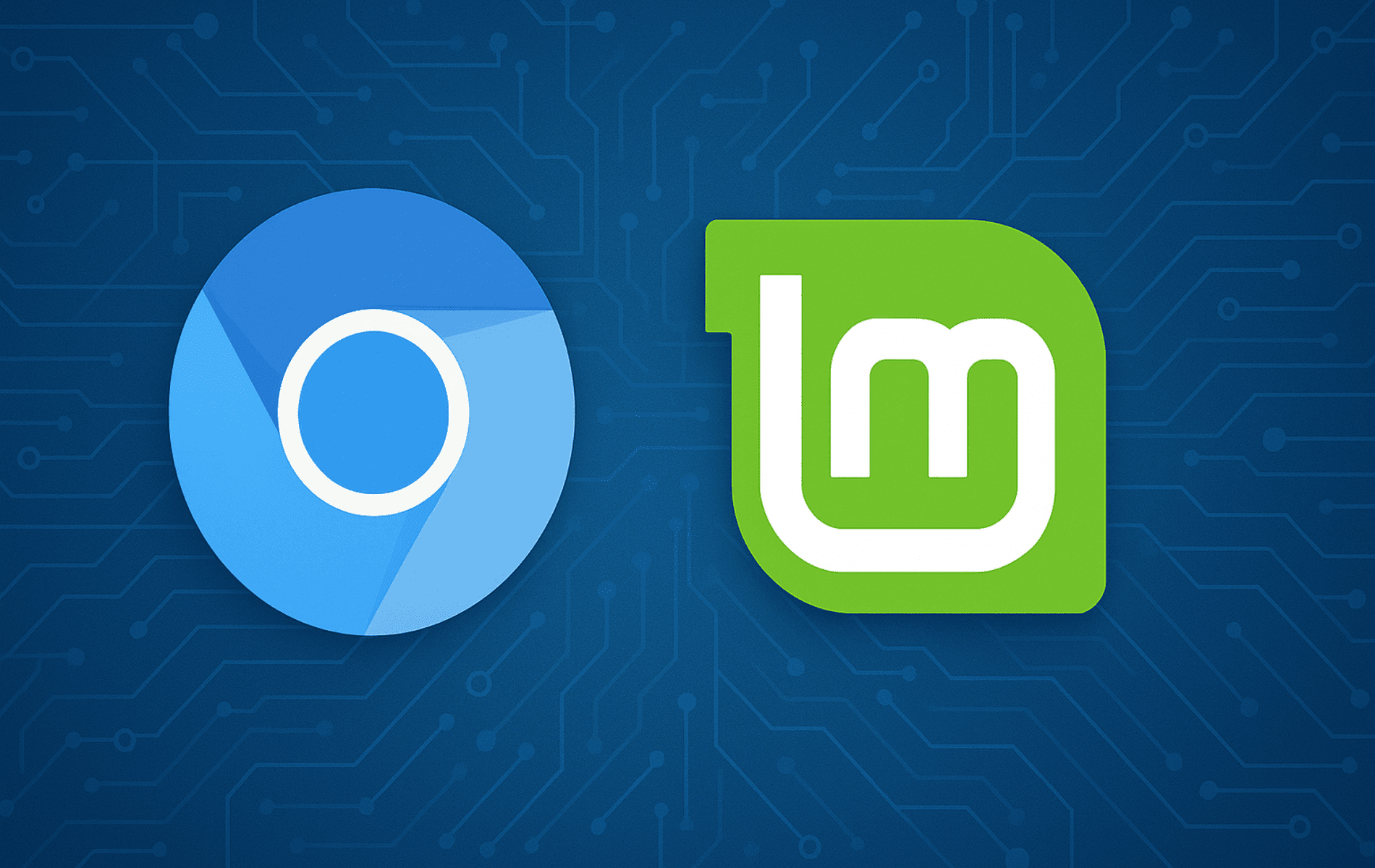Chromium delivers a privacy-focused browsing experience built on the same foundation as Google Chrome, but without proprietary tracking or Google service integration. Furthermore, whether you’re testing web applications, developing browser extensions on open-source code, or simply want a Google-free browser for daily use, Chromium gives you full Blink engine compatibility with community-driven transparency.
You will learn how to install Chromium using APT, PPA, or Flatpak, verify the installation, launch the browser from terminal or GUI, keep it updated with the latest security patches, and cleanly remove it if needed. Additionally, the guide covers APT pinning to lock update sources, Flatpak repository management, and practical launch commands for both installation types.
What Differentiates Chromium from Chrome?
Chromium is Chrome’s open-source upstream project, providing the same rendering engine and web standards support without proprietary Google components like automatic updates, crash reporting to Google servers, or codec restrictions. Moreover, the source code is fully auditable, update timing is under your control through your package manager, and no telemetry flows to Google unless you explicitly sign in to sync services.
Key Considerations Before You Begin
- Installation Method Trade-offs: APT packages integrate with system updates and share libraries (200-300 MB), XtraDebs PPA tracks upstream releases faster, and Flatpak sandboxes the browser with separate dependencies (400-600 MB total).
- Third-Party Repository Trust: The XtraDebs PPA and Flathub are community-maintained and widely trusted, but they are not officially managed by Linux Mint or the Chromium development team.
- Update Control: APT and PPA installations receive updates through your system package manager, while Flatpak updates independently via
sudo flatpak update. - Security Model Differences: Flatpak sandboxing restricts filesystem access and limits integration with desktop tools, while APT installations run with standard user permissions.
Install Chromium Browser on Linux Mint
This section provides detailed instructions for installing Chromium Browser using APT, the XtraDebs PPA, or Flatpak. Choose the method that suits your needs and system setup.
Prepare Your System
Before proceeding, update your system to avoid potential compatibility issues. Open your terminal and run:
sudo apt update && sudo apt upgradeInstall Chromium Browser via APT
Check if Chromium Is Already Installed
Run the following command to see whether Chromium is already on your system. If it prints the executable path and version number, you can skip the installation steps.
command -v chromium && chromium --versionOption 1: Using the Linux Mint Repository
The simplest way to install Chromium is through the Linux Mint repository, which provides a stable and officially supported version. Run the following command:
sudo apt install chromiumAfter the installation completes, verify the version with:
chromium --versionOption 2: Using the XtraDebs PPA
For those seeking the latest Chromium updates and features, the XtraDebs PPA is a reliable option. Begin by adding the XtraDebs repository to your system. Open your terminal and run:
sudo add-apt-repository ppa:xtradeb/apps -yOnce added, refresh the system’s package list to include the new repository:
sudo apt updateNext, install Chromium Browser from the XtraDebs PPA by entering the following command:
sudo apt install chromiumOnce the installation is complete, verify the installed version of Chromium using:
chromium --versionAdditionally, to ensure your system prioritizes updates from the XtraDebs PPA over other sources, configure APT pinning. This locks Chromium updates to the XtraDebs repository, particularly useful when you have Chromium already installed from Linux Mint’s repositories and want to switch update sources. Without pinning, APT chooses the repository with the highest version number by default, which may not always be XtraDebs.
Use this command to create a preferences file:
echo "Package: chromium
Pin: release o=LP-PPA-xtradeb-apps
Pin-Priority: 700" | sudo tee /etc/apt/preferences.d/chromium-pinAPT pinning controls which repository supplies a package when multiple sources are available, ensuring consistent update sources.
This setup ensures Chromium updates are fetched from the XtraDebs PPA whenever available. Afterward, verify the pinning configuration worked:
apt-cache policy chromiumThe output shows which repository APT will use for installation and updates. The XtraDebs PPA should appear with priority 700.
Install Chromium Browser via Flatpak
Flatpak runs applications in a sandboxed environment, isolating them from the rest of your system for enhanced security and compatibility across distributions.
First, add the Flathub repository if you haven’t already:
sudo flatpak remote-add --if-not-exists flathub https://flathub.org/repo/flathub.flatpakrepoNext, install Chromium from Flathub:
sudo flatpak install flathub org.chromium.ChromiumFinally, verify the installation:
flatpak --system info org.chromium.ChromiumFlatpak sandboxing isolates applications from your system, improving security and preventing conflicts with other software.
Launch Chromium Browser on Linux Mint
Start Chromium from the terminal or the application menu, depending on your workflow.
Launch Using the Terminal
Terminal launches give you direct control and allow you to pass command-line flags for specific browser behaviors. Use the command that matches your installation method.
For instance, if you installed Chromium from the Linux Mint repository or XtraDebs PPA, enter:
chromiumAlternatively, if you installed Chromium via Flatpak, use this command instead:
flatpak run org.chromium.ChromiumPower users can append flags to customize browser behavior. For complete privacy without saving history or cookies, launch in incognito mode with chromium --incognito or flatpak run org.chromium.Chromium --incognito. To open a specific URL that should not share an existing session, use --new-window to force a fresh window. Testing extensions or troubleshooting browser behavior becomes easier with --disable-extensions, which provides a clean environment. If you need to manage multiple browsing identities or test configurations, --user-data-dir=/path/to/profile lets you use a separate profile directory.
Launch Using the Graphical Interface
GUI launches integrate with your desktop environment’s application launcher and window management. Open the Linux Mint application menu, navigate to Internet, and select Chromium Web Browser. This works identically regardless of installation method since both APT and Flatpak register desktop entries.

Update Chromium Browser on Linux Mint
Keep Chromium current with the latest features, performance improvements, and security patches. However, the update method depends on how you installed it.
Updating Chromium Installed via APT
Update Chromium alongside your other system packages:
sudo apt update && sudo apt upgradeUpdating Chromium Installed via Flatpak
Update all Flatpak applications, including Chromium:
sudo flatpak updateRemove Chromium Browser from Linux Mint
Uninstall Chromium using the method that matches your installation source.
Remove Chromium Installed via APT
APT installations share the same chromium package name. Use the matching removal command for your setup:
- For APT-based installs (Linux Mint repository or XtraDebs PPA):
sudo apt remove chromium
Remove Chromium Installed via Flatpak
Remove the Flatpak package and its data:
sudo flatpak uninstall --delete-data org.chromium.ChromiumClean up unused Flatpak dependencies:
sudo flatpak remove --unusedRelevant and Useful Links
- Chromium Browser on Flathub
Explore the Flatpak version of Chromium and install it directly from Flathub. - XtraDebs PPA on Launchpad
View the XtraDebs PPA repository for the latest Chromium packages and more. - XtraDebs Official Website
Visit the official XtraDebs website for additional information and supported packages. - Chromium Browser in Linux Mint Repository
Search for Chromium packages in the Linux Mint official repository.
Conclusion
Chromium gives you a privacy-focused browser with full Chrome compatibility on Linux Mint through three installation paths: stable APT packages, bleeding-edge XtraDebs PPA builds, or sandboxed Flatpak containers. By understanding the trade-offs between update timing, disk usage, and security models, you can confidently browse the web while maintaining complete control over updates and system integration.


